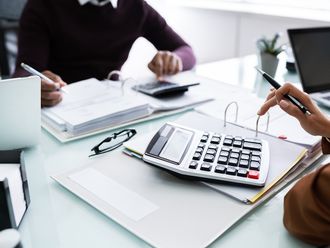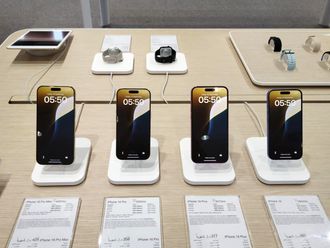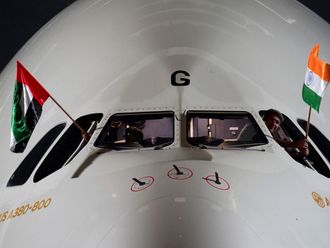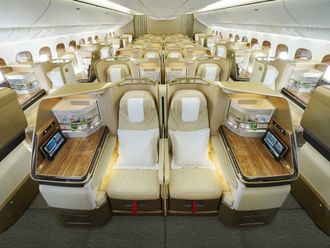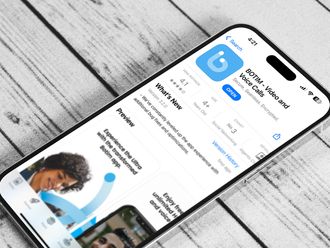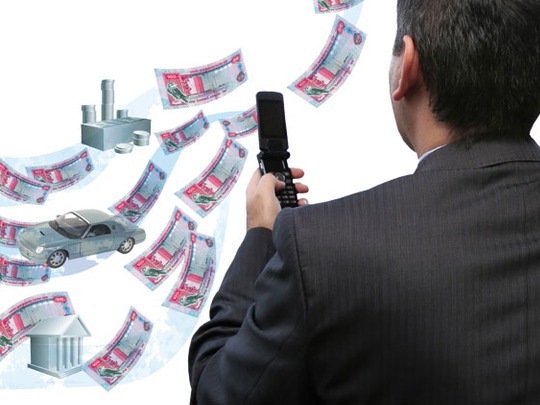
A mother on the way to the mall with her children suddenly realises she forgot to bring her purse. No worries. She still has her cell phone. At the subway station, she simply swipes her mobile to pay the fare. She also uses the phone to get movie tickets and pay for the family's meal at McDonald's.
The phone even comes handy while shopping.
A businessman out of town receives an SMS saying his chequing account is running low. He then clicks through his phone and within minutes, he completes the transfer of funds from his savings to his chequing account.
Thanks to the constant innovations in technology, the way consumers interact with financial services and make payments have changed. Using a mobile phone to transfer money, check account balances, pay utility bills and even buy food and drinks are now possible.
Following the rapid growth of mobile phones and the mobile network infrastructure across the globe, mobile banking has taken off in some countries. Handset-based payments are also fast catching up, with many providers test-piloting them in certain markets.
"The internet no longer requires stationary and computer isolation — it happens on the go. People send messages and pictures about their experiences as they happen, in the here and now… The latest, Generation Z, are not only the first digital natives, they are mobile, nomads, wireless and instant individuals," Euromonitor International says.
However, while banks, merchants and telecom operators in the UAE agree that the worlds of finance, IT and telecoms are converging, the majority of consumers in the region are still stuck in traditional banking and payment services.
It may even take time for the market to switch from cash to card, and from plastic to mobile payments, according to bank officials.
Just last year, the Roads and Transport Authority launched the mParking service to let residents pay parking fees by mobile phone, thereby eliminating the need to carry coins and to physically walk to the parking metre.
Last month, the Qatar Central Bank granted Doha Bank approval to pilot a mobile remittance project with telecom operator Vodafone Qatar. Nokia, for its part, has commercially launched its "Nokia Money" mobile payment service with YES Bank in India. The service allows consumers to transfer funds to another person by using the person's mobile phone number, and to pay utility bills and top up SIM cards.
In China, the world's largest mobile phone market with over 250 million subscriptions, the China Mobile Shanghai Branch introduced last January a mobile payment mode called "e-wallet" which allows consumers to use their phones to pay goods and services, the same way they do with a credit or debit card.
Mobile payments are made possible through the use of Near Field Communication (NFC), a wireless connectivity technology that allows electronic or consumer devices to communicate within short range, and over-the-air (OTA) infrastructure.
"It's an interesting concept. I think it works best in places where you want to transact quickly and not wait on a long queue. So, if I was like Starbucks or McDonalds, by using this technology we're improving the amount of time a customer is on the queue by a few seconds. It means a lot of money," Louis Scotto, Doha Bank's head of retail banking, tells Gulf News.
"When you use mobile payment system, you're using money that's loaded onto your phone. It's very virtual. You don't need a plastic card or if you have a card, it's loaded into your mobile," he adds.





